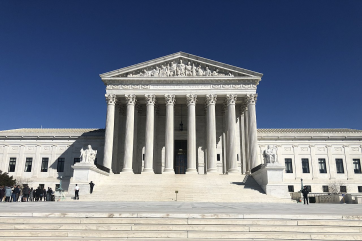Childhood Cancer Survivors Suffer Long-Term Symptoms At Least 30 Years After Diagnosis
By Jaleesa BaulkmanMore children than ever are surviving cancer due to improved treatments and technologies.
However, nearly 70 percent of those who survive childhood cancer experience late effects from their diseases and treatment 30 years after their initial cancer diagnosis, significantly impacting their quality of life, new research suggests.
"The prevalence of these symptoms accounts for a huge variance in physical, mental and social domains of quality of life among survivors," I-Chan Huang, Ph.D., an associate professor of health outcomes and policy at the University of Florida's College of Medicine and the lead author of the study, said in a statement. "If we think symptoms are the key to patients' quality of life, then if we can better manage their symptoms, we can improve their daily functional status and quality of life."
Researchers from the University of Florida teamed with St. Jude Children's Research Hospital in Memphis to conduct a study regarding the long-term effects of cancer survival, according to a press release.
They analyzed data from 1,667 childhood cancer survivors who participated in a St. Jude study and used a patient-reported survey to measure quality of life. A specific symptom scale was designed to assess toxicities related to cancer treatment, as outlined in the Children's Oncology Group guidelines.
Based on the study, the most common symptoms patients reported were head pain, pain in the back and neck, pain in areas other than the back and neck, disfigurement such as hair loss and sensation abnormalities.
In the patient-reported survey, participants' ratings of their own physical and mental quality of life dipped lower and lower for each additional symptom they reported.
Researchers found that survivors also reported more symptoms over time, with survivors reporting late effects up to 40 years after they were initially diagnosed with cancer. About 70 percent of participants reported experiencing at least one late effect from their cancer.
One-quarter of survivors reported experiencing six or more late effects. Huang said that because the study did not account for fatigue or sleep disturbances, the actual percentage of survivors who experience late effects from cancer that affect quality of life could be even higher.
According to a report from the Institute of Medicine, approximately one in every 600 adults between the ages of 20 to 39 is a survivor of childhood cancer.
Huang said the next step is developing a tool kit to help physicians use this information in practice to help cancer survivors improve their quality of life He believes helping physicians calculate and interpret quality-of-life scores and using this data to communicate with patients in decision-making processes is important, because the measures take into account health issues that affect patients' day-to-day lives.
"We need to provide clear guidance about quality of life and a different structure to use patient-reported outcomes in clinical settings," Huang said. "The critical step is to develop a methodology to diagnose quality of life of individual cancer patients or survivors."








